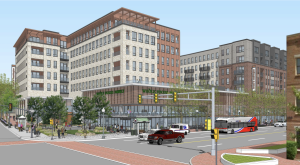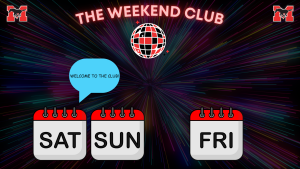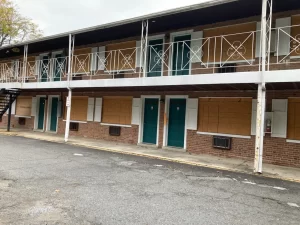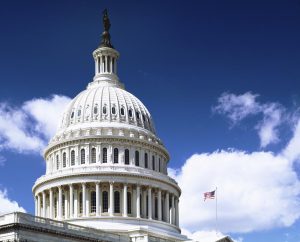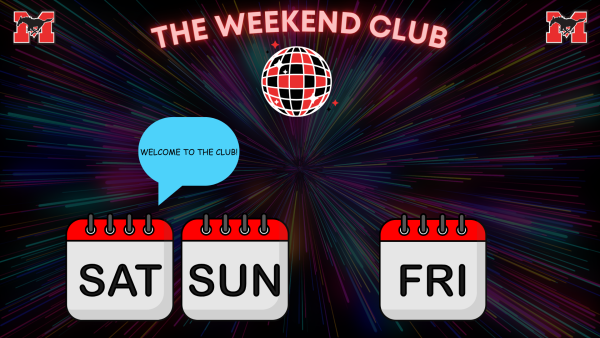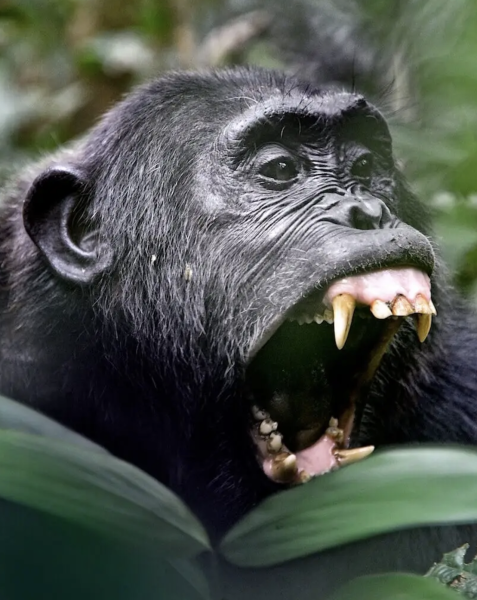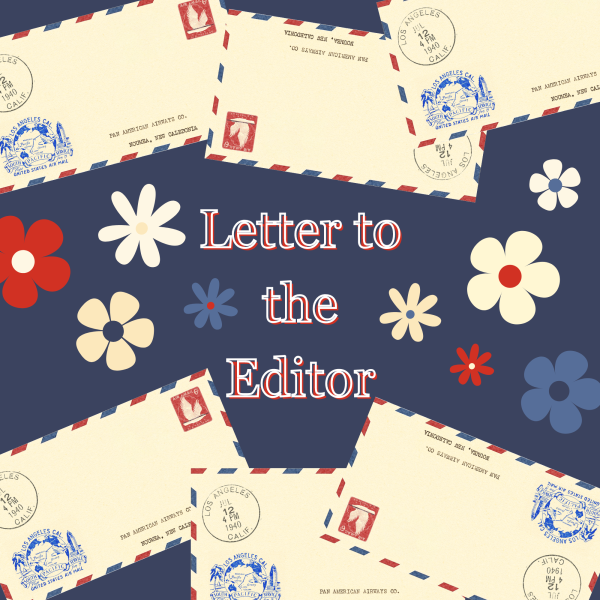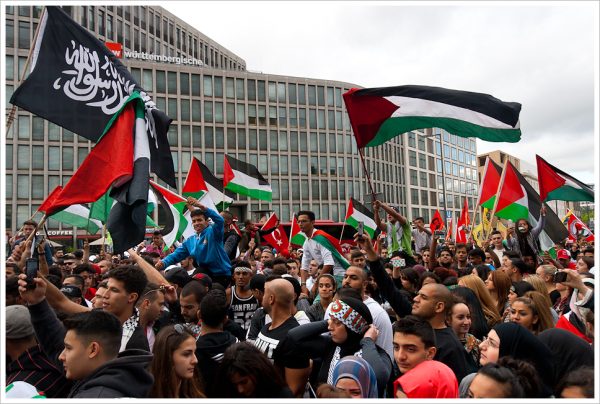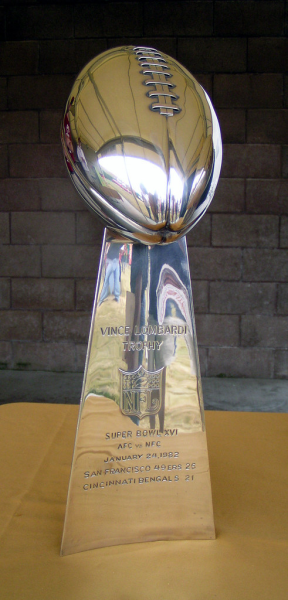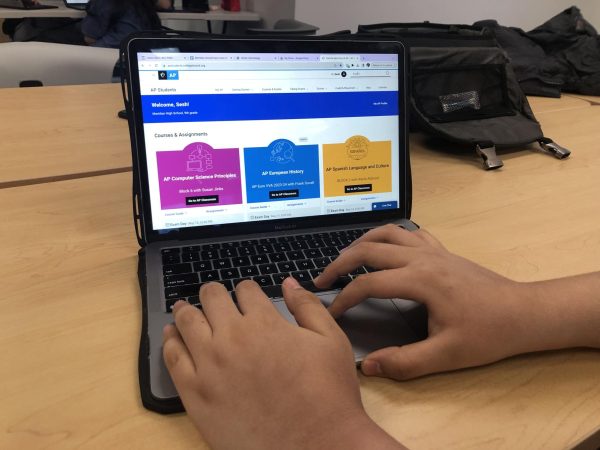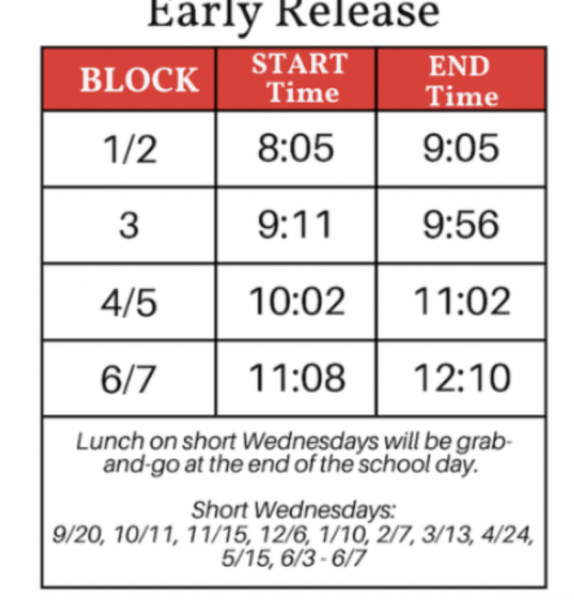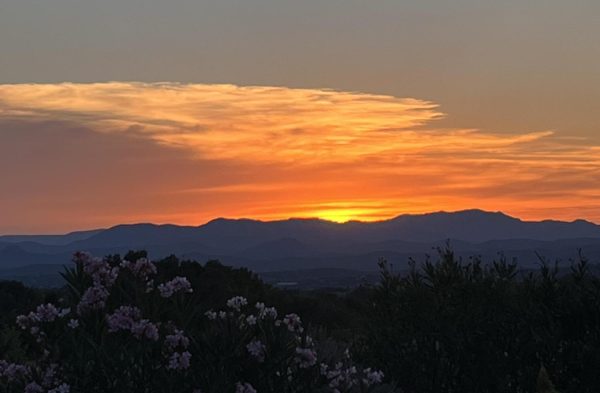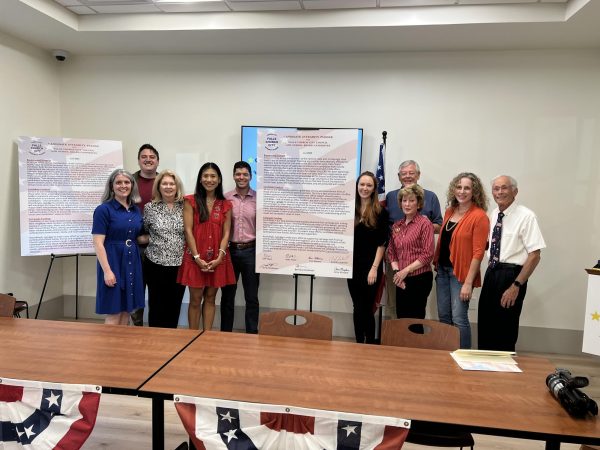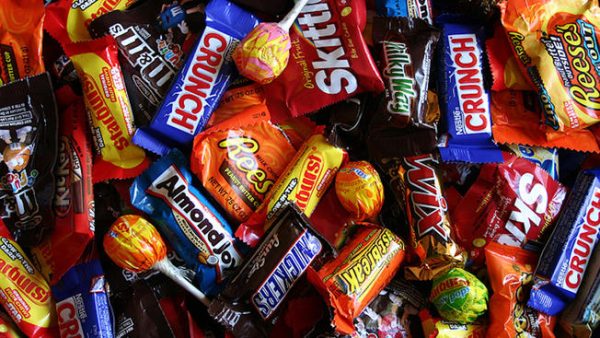How Hawaii can solve our problems with racism
November 21, 2022
The Merriam-Webster dictionary defines racism as “a belief that race is a fundamental determinant of human traits and capacities and that racial differences produce an inherent superiority of a particular race.” It is pretty clear that racism is a colossal problem that has impacted Americans for centuries. Recently, though, this issue has only been exacerbated as ethnic prejudice and discriminatory actions have continued to damage our local community.
Indeed, as Americans, we often choose to judge outward appearance instead of looking at one’s true character and persona. This leads to stereotyping, which is holding both generalizations and assumptions about people at first glance. Racial stereotyping is harmful because it promotes hate and dismisses tolerance.
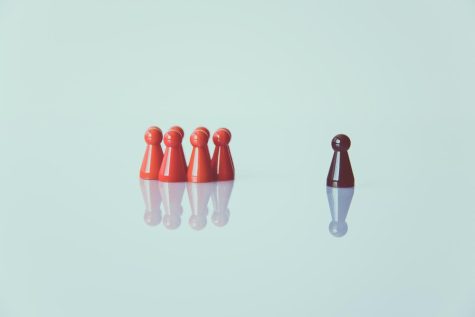
One reason racism occurs is due to self-segregating cities and towns. Take Virginia, for instance, which consists of a roughly 80% white population; the remaining minority 20% is concentrated in just a few small counties. The problem with racially-isolated communities is that they are generally less tolerant and more discriminatory. So, if we want to fix self-segregation in Virginia, or better yet, our tightly-knit community, we should look elsewhere.
In the New York Times article “Want to Be Less Racist? Move to Hawaii” written by Moises Velasquez-Manoff, we learn that Hawaii is a highly diverse state—Asians are the largest ethnic population at 40% while whites only comprise 24% of the population. People who are normally the “racial majority” on mainland America actually experience the flipside as minorities in Hawaii. This gives people new perspectives about race and encourages inclusivity. Although racism exists everywhere, Hawaiians are better able to connect and interact with each other, despite their differences.
The article furthers that in Hawaii, “being mixed was so common as to be nearly unremarkable.” Many people “were some mixture of East Asian ethnicities, white, Filipino, Hawaiian, and more.” This meant that it was almost impossible to label a person as a singular race, or identity. Thus, “everyone hung out with everyone else” and self-segregation was at a minimum.
If we want Falls Church to be more inclusive, we should strive to surround ourselves with people from different backgrounds and ethnicities. If our school improves its commitment to diverse interaction and honest communication, such as talking to newly-immigrated peers from different countries at the cafeteria, we won’t face as much discrimination or racism, and as a community, we will be more accepting of one another and treat others better.




